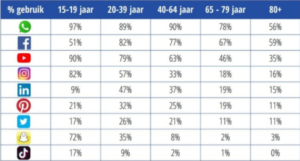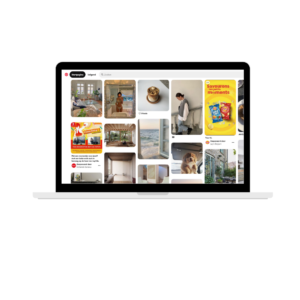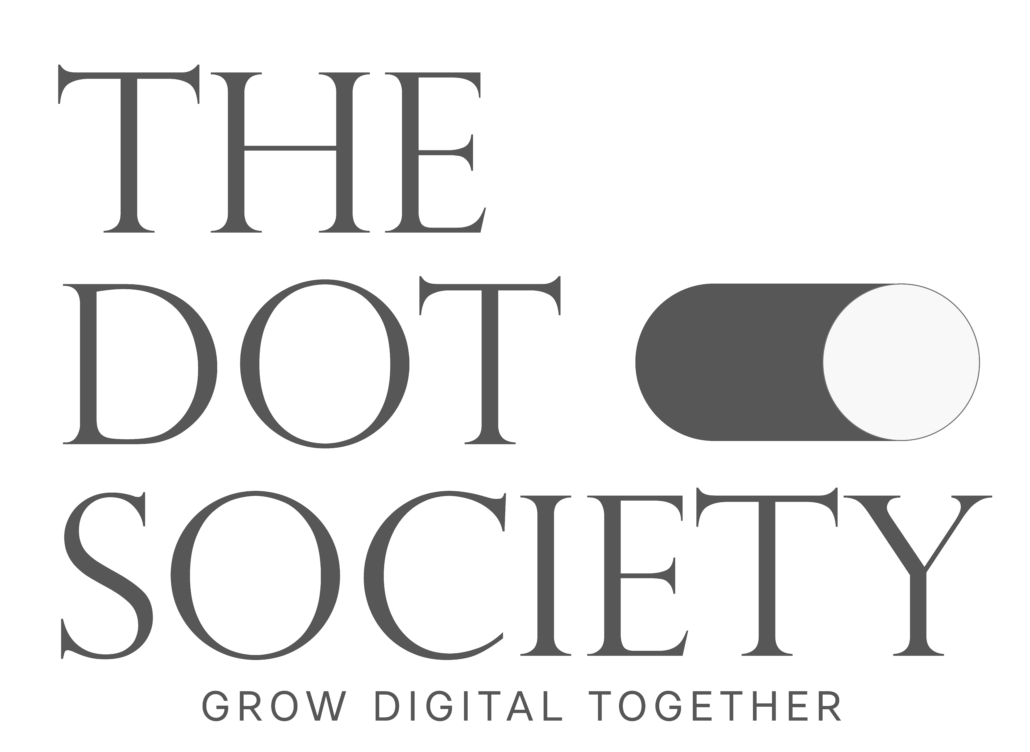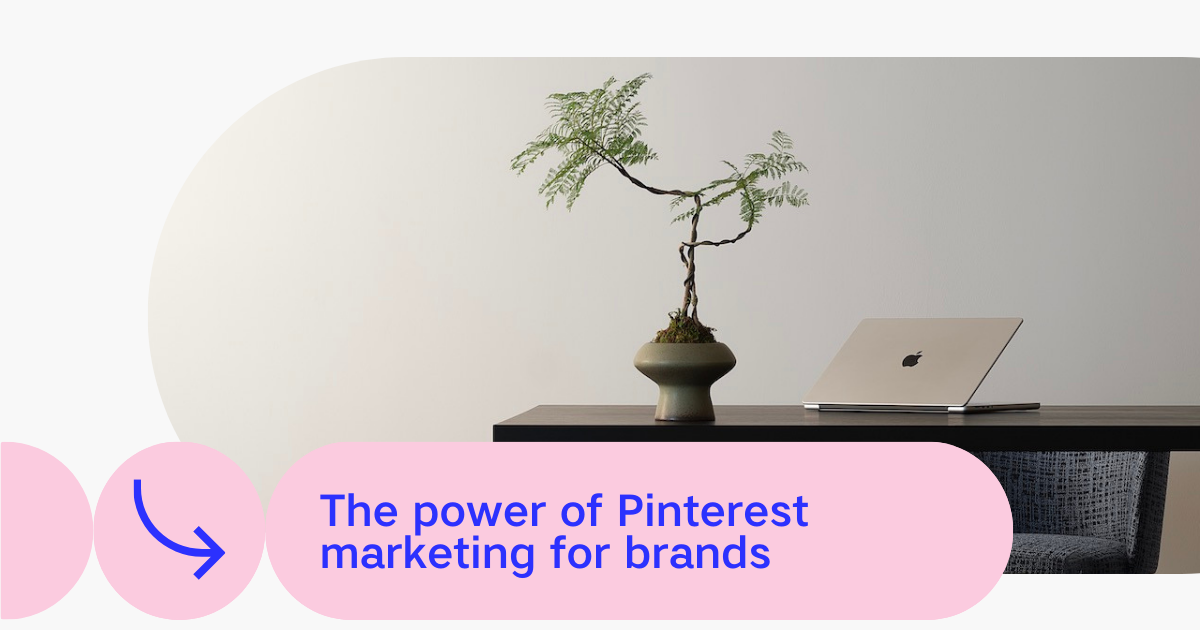When thinking about Pinterest, you immediately think of the DIY crafts, interior design inspiration and fashion trends you can find there. On Pinterest, people are mainly looking for ideas, inspiration and solutions. That’s why it can be a perfect way for brands to promote their products, run advertisements to increase awareness, boost sales or increase conversions. But what distinguishes Pinterest from other social networks? And why should your company invest time and effort in Pinterest marketing? In this article, we’ll outline some of the strengths and benefits of Pinterest marketing. Let’s jump right in!
Pinterest users grow each year
Figures show that Pinterest is gaining popularity in Belgium. In total, more than 1 million unique monthly visitors in Belgium use Pinterest to get inspired or get ideas for daily decisions, seasonal holidays or moments of life. In addition, there are more than 250 million active users worldwide. It was also the fastest growing platform in 2019, during this period the number of users on Pinterest increased by 25%.

Shopping starts on Pinterest
Pinterest is one of the first places for consumers to look for new ideas and products. That’s why it’s important as a brand to focus on Pinterest primarily on giving ideas and suggestions on how your products can add value to consumers’ lives. Furthermore, the intention to buy on Pinterest is higher compared to other social media platforms. Namely 90% of the weekly users use Pinterest to make purchase decisions and 87% of the users have already purchased a product thanks to Pinterest. Pretty impressive right?

Demographics
But who is this particular customer who is active on Pinterest? Well, 80% of the users are women. Although there is a 40% male share among the new users, this male share is also growing every year. In terms of age, we see that people between 20 and 39 years old are the most numerous on Pinterest, they account for 32% of the users.

Pinterest as a visual search engine
Pinterest is not only a social network but also a visual search engine. This means that your content can be discovered at any time by almost anyone who searches on Pinterest, making your content last much longer than on Instagram, Facebook, Twitter etc. When it comes to the areas of interest on Pinterest, the biggest are fashion, food, cars, interiors and travel, thus there are more than enough touchpoints for a wide variety of users.
Organic campaigns
Not every pin needs to be boosted; even organic pins can generate turnover. You can compare it with SEO on Google: if your pin has a good header and description, and the user’s search term matches it, then your pin will appear in the search results.
Work on your organic strategy: create signs, add a description and a category and fill them with pins. If you present your product and put it in the right category, people will find it organic. And if they like what they see, they’ll probably click through and go to your website. It’s as simple as that!
Ideal for lesser-known brands
As a smaller brand you can choose to start with an organic strategy, this means creating boards on Pinterest and seeing how people interact with your content. Later you can start promoting your pins. You can decide to start small or to start a bigger campaign right away.
For example, you are a brand that sells make-up and has a lip gloss product line. A good strategy can be to create inspiring content, such as a few infographics on the best colour lip gloss for each type of skin and how-to videos on how to create the perfectly coloured lips. You pin, wait and then analyse how people interact with your content. Later, when you launch a new product, you can create a campaign around it, working with a funnel to push people to conversions.
Discrete advertisement
Pinterest is a very discrete form of advertising. Nowadays, some people are reluctant when it comes to advertisements. On Facebook, for example, it is quite clear when you look at a sponsored ad. On Pinterest, however, you can easily advertise your products in a less explicit way. Interesting fact: 75% of the pins on Pinterest come from brands and 50% of people don’t realise that they are looking at advertisements.

This post is also available in: Dutch




